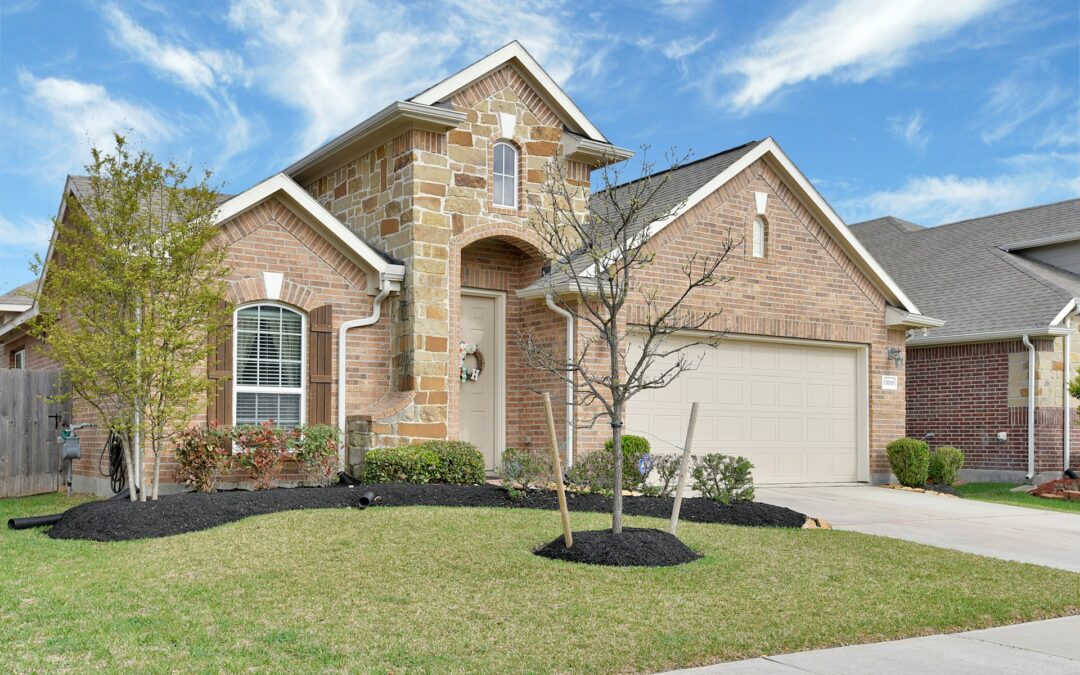Flooding can lead to serious damage to your property, which is why many Menlo Park homeowners rely on sump pumps to protect their homes. Sump pumps work by automatically removing water from the lowest points of your property, such as basements or crawlspaces, and redirecting it away from your home. This helps prevent excess moisture, which can lead to mold, mildew, and property damage. However, with so many different types and models of sump pumps available, choosing the right one for your home can be a daunting task. At Shoreway Plumbing, your trusted plumbing service provider in Menlo Park, CA, we understand the importance of selecting an appropriate and efficient sump pump to maintain the safety and value of your property.
By providing valuable insights into the world of sump pumps, we hope to make the selection process easier and more accessible to homeowners in Menlo Park, ensuring that your home remains protected and secure.
Types of Sump Pumps
Understanding the different types of sump pumps is key to selecting the most suitable unit for your home. Some common types include:
- Submersible Sump Pumps: These pumps are sealed and placed directly in your sump pit, making them suitable for damp environments. They are quieter and can handle a higher capacity of water than a pedestal pump, but they can be more expensive.
- Pedestal Sump Pumps: These pumps have an upright design with a motor mounted above the sump pit. They tend to be less expensive and have a longer lifespan, but they can be loud and may not be ideal for small sump pits.
- Battery Backup Sump Pumps: For added protection during power outages, a battery backup sump pump operates independently of your home’s electrical system. They’re typically used in conjunction with a primary pump.
- Combination Units: These sump pumps combine a primary pump with a battery backup pump, providing dual protection against flooding and power outages.
Important Features to Consider
When choosing a sump pump for your home, there are several key factors to consider, such as:
- Pump Capacity: Ensure the sump pump can handle the highest potential water inflow. This includes assessing the pump’s gallons per hour (GPH) or gallons per minute (GPM) ratings, which reflect its ability to move water.
- Horsepower: A sump pump’s horsepower can impact its overall performance and longevity. It’s essential to choose a pump with enough power to handle your home’s water removal needs.
- Material Durability: Opt for a sump pump constructed with materials like stainless steel, cast iron, or thermoplastic to ensure longevity and corrosion resistance.
- Maintenance: Select a pump that is easy to maintain and access for routine inspections and repairs.
Sump Pump Sizing
Properly sizing a sump pump for your home is crucial to maximizing its effectiveness. To determine the appropriate sump pump size, consider these three factors:
- Total Dynamic Head (TDH): This is the measurement of the vertical distance from the bottom of the sump pit to the highest point of discharge, taking into account any turns or bends in the piping.
- Sump Basin Size: Select a sump pump that can fit comfortably within your home’s sump basin. A small basin will require a compact pump, while larger basins can accommodate more powerful units.
- Water Inflow Rate: Evaluate your home’s potential water inflow rate during heavy rains to ensure your sump pump can handle the demand.
Professional Installation and Maintenance
Enlisting an experienced plumbing professional for sump pump installation and maintenance is invaluable in protecting your home from flooding. Some key benefits of professional services include:
- Proper Selection: A professional plumber will help you choose the ideal sump pump for your specific needs, taking into account factors such as TDH, basin size, and water inflow rate.
- Correct Installation: Proper installation is crucial to ensuring your sump pump operates effectively in flood-prone situations. Professionals will guarantee the best installation for maximum performance.
- Regular Maintenance: Sump pump maintenance should be performed annually, or more frequently in heavy usage cases. A registered plumber can provide the necessary maintenance to ensure your sump pump’s reliability and longevity.
Local Menlo Park Considerations
When selecting and installing a sump pump in Menlo Park, CA, consider any local regulations or factors that may impact your decision, such as:
- Building Codes: Consult with Menlo Park’s building department to ensure compliance with any specific building codes or permits requirements for sump pump installation.
- Flooding Risks: Connect with local resources like the city government or regional flood control agencies to better understand the flood risks in your area, helping inform your sump pump choice.
Conclusion
Protecting your home from the devastation of flooding is essential to maintaining its value and ensuring the safety of your family. Investing time in choosing the most suitable sump pump for your unique circumstances will pay dividends in the future by protecting your property and providing peace of mind. By understanding the various types, features, and considerations of sump pumps and seeking professional expertise, Menlo Park homeowners can make a well-informed decision and safeguard their homes.
Require expert advice on sump pump installation or maintenance in your Menlo Park, CA home? Trust the professionals at Shoreway Plumbing. Our experienced team specializes in helping homeowners find the perfect sump pump solutions tailored to their unique requirements. Reach out to us to learn more about our services and schedule a consultation today.

